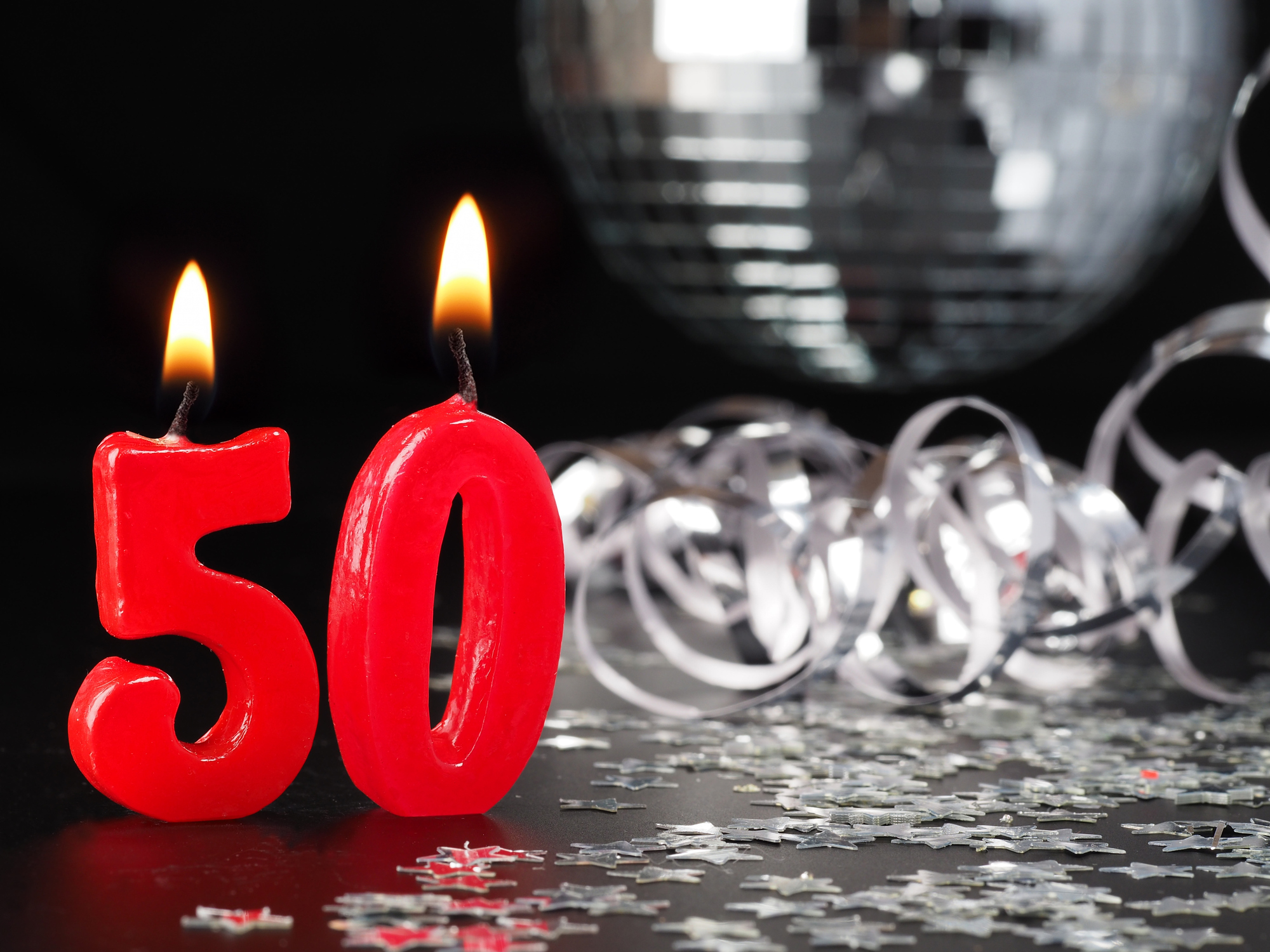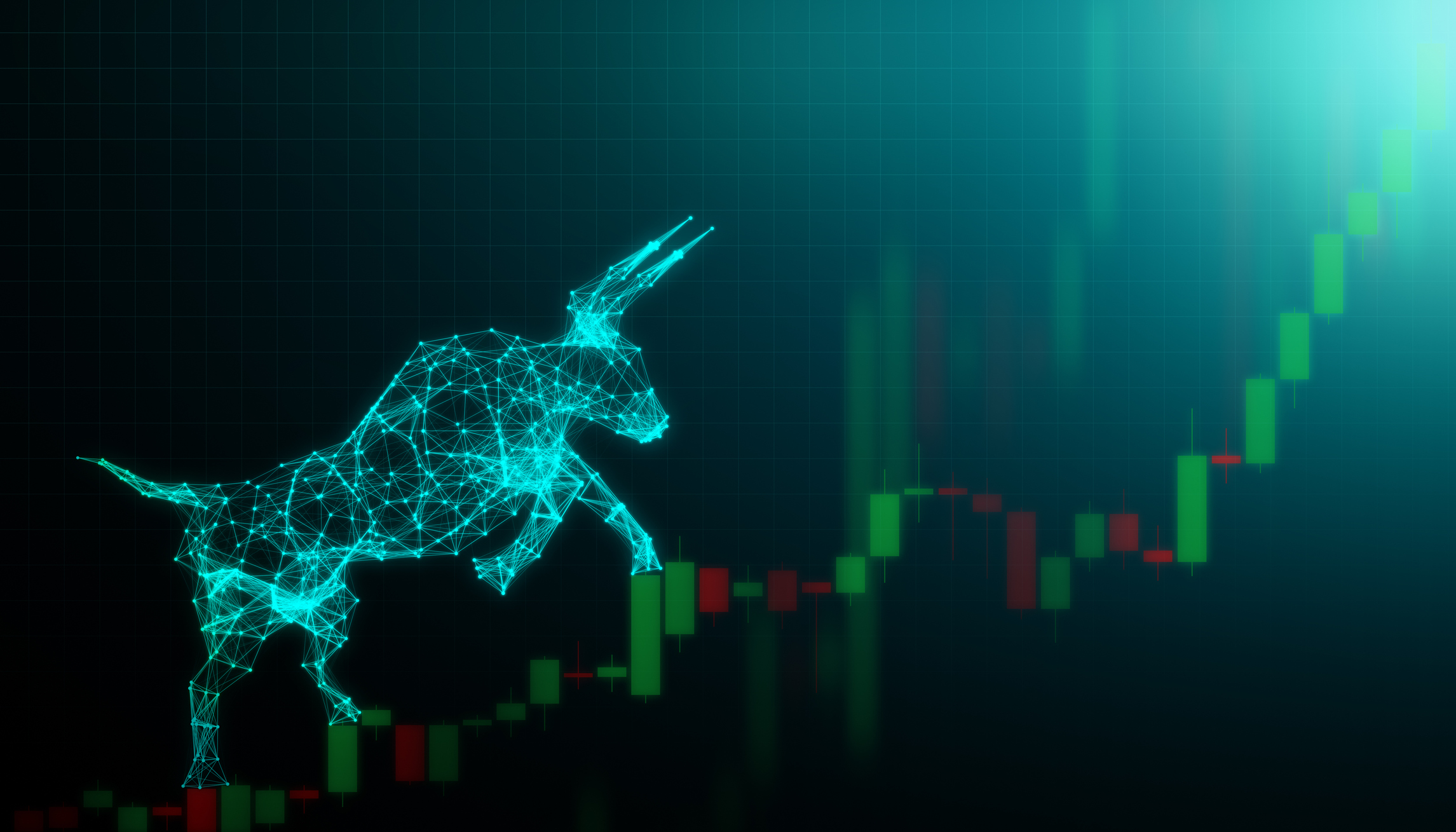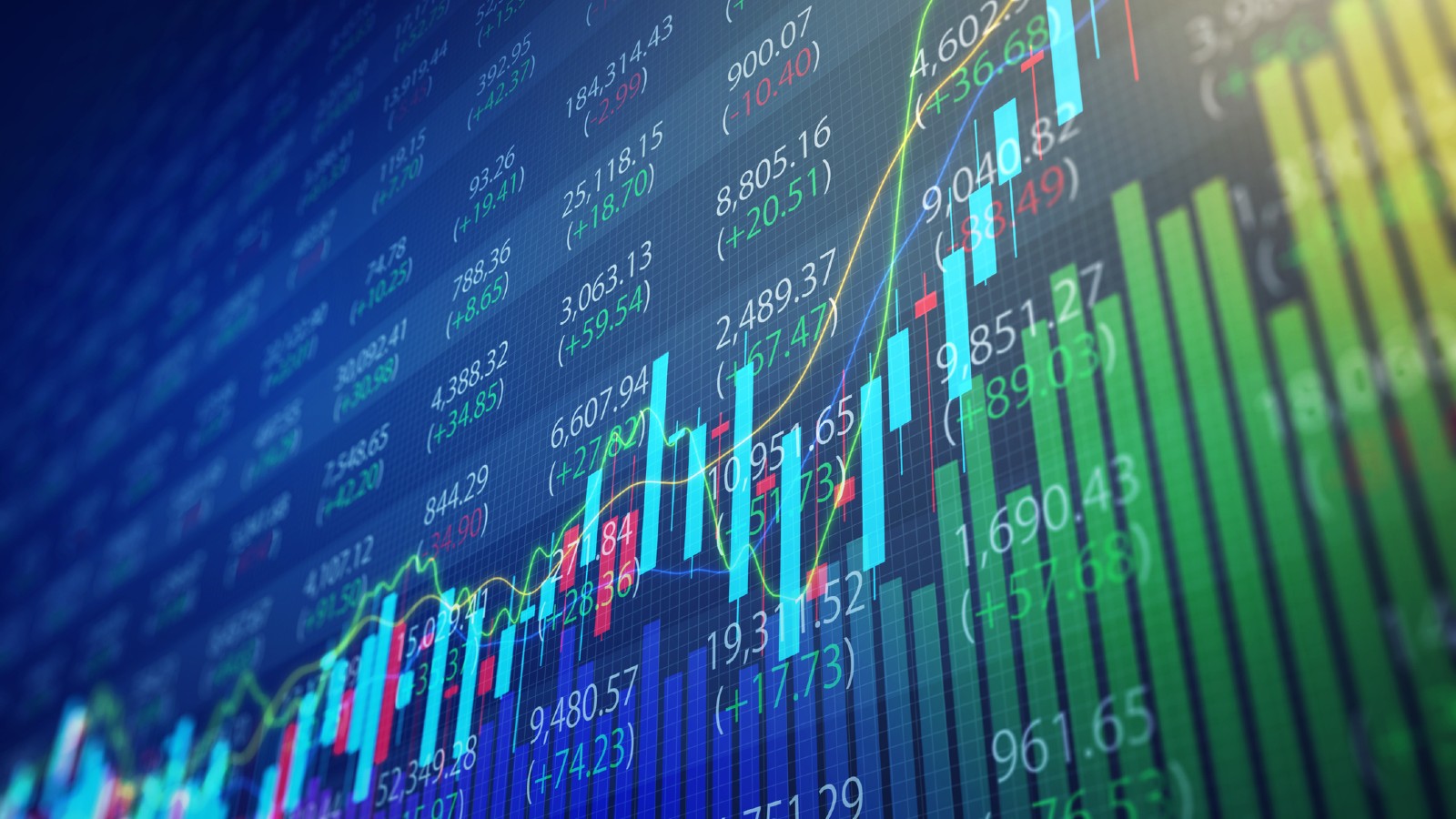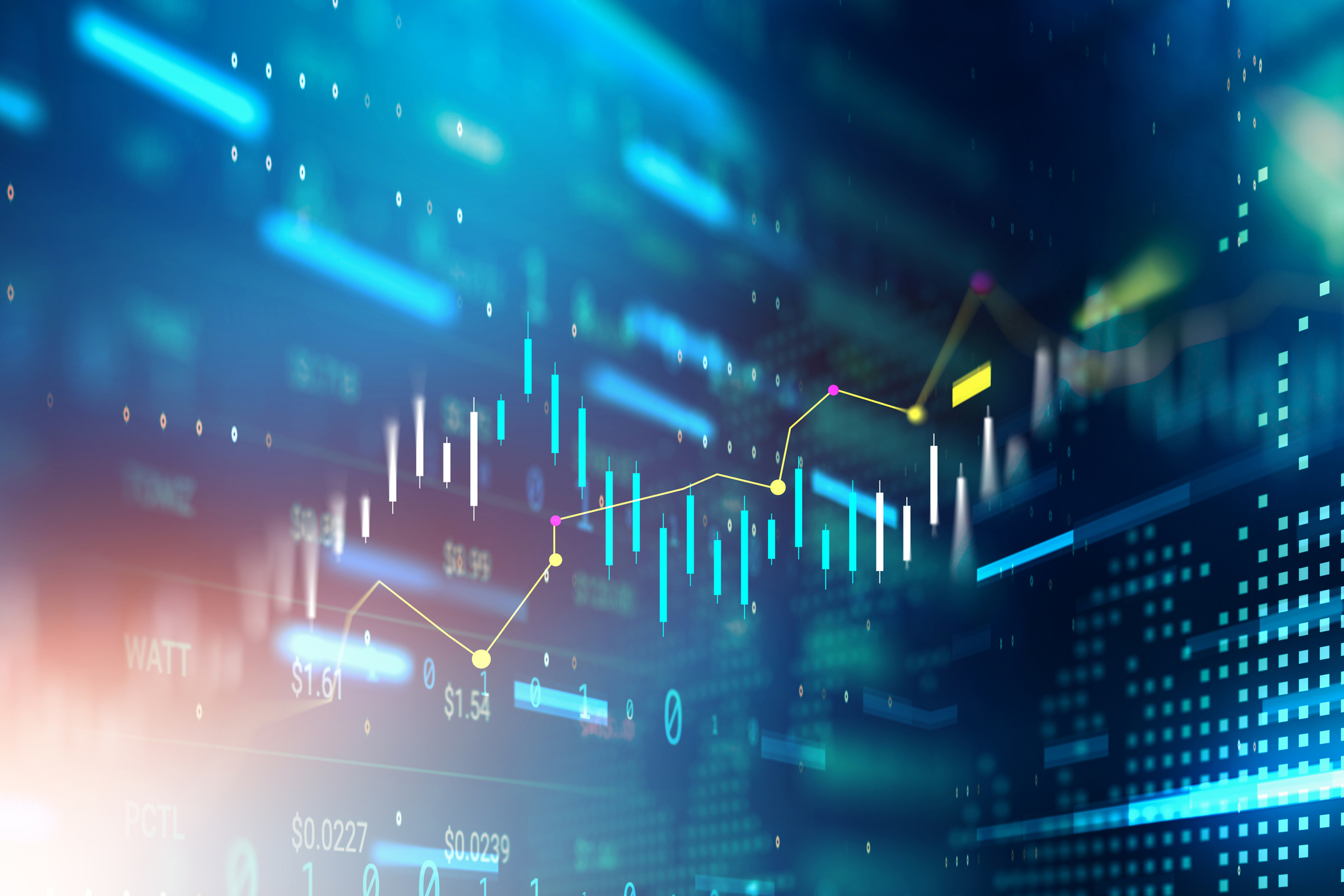4 Types of Investments to Avoid
Watch out for darling stocks, hidden costs, overly complicated investments and a whole slew of bond funds.

Most financial advice-givers will tell you what to buy, but they rarely tell you what not to. That’s because finding poor investments is hard. Think about it. On average, stocks go up about 10% annually, so identifying a stock that will go down means doing worse than Standard & Poor’s 500-stock index by 11 percentage points. That’s not easy.
One of the worst mistakes is to assume that the stock of a company with troubles will perform poorly in the future as well. Often, the opposite is the case. Shares of Procter & Gamble (symbol PG), maker of Crest and Tide and about as steady a business as you can find, lost half their value between December 1999 and March 2000 because of concerns that consumers were turning to unbranded products. Since then, the stock has nearly quadrupled. In the fall of 2008, you could be forgiven for believing Ford (F) was a terrible investment, having declined about 98% from its high and with prospects that looked bleak. Since then, it’s risen from $1.39 to more than $15. (Prices and related data are as of June 30.)
If you are looking for stocks to stay away from, begin with companies that are riding high. Here’s one: Tesla Motors (TSLA), the electric-car maker. Its shares tripled from mid March to mid June, from just before to just after the company announced its first quarterly profit. The $11 million profit was nice, but it hardly justifies Tesla’s market capitalization (price times shares outstanding) of $12.4 billion. But rather than picking on individual companies, I think it’s more useful to provide some basic investment categories to avoid practically all the time.

Sign up for Kiplinger’s Free E-Newsletters
Profit and prosper with the best of expert advice on investing, taxes, retirement, personal finance and more - straight to your e-mail.
Profit and prosper with the best of expert advice - straight to your e-mail.
Stocks that investors just love to pieces. Infatuation can be measured in valuation ratios—how many dollars an investor will pay for a dollar of annual earnings, sales or book value (assets minus liabilities, or net worth). The price-earnings ratio tends to be the most popular measure and, for most stocks, the most significant. Based on the average of analysts’ earnings estimates for 2014, Tesla, at $107, trades at a forward P/E of 125. (Tesla’s P/E based on estimated 2013 profits is meaningless because the company is expected to lose money this year.)
Markets are generally efficient. That is, stock prices reflect all possible knowledge today, so a stock with a high valuation frequently deserves it. But at times, investors become far too enthusiastic about companies or sectors and bid prices into the stratosphere—or, as the late financial scholar Benjamin Graham might have said, Mr. Market goes manic.
Sometimes, this passion fuels a bubble that bursts, as it did for tech stocks in early 2000 and homebuilder stocks in early 2007. No one can tell when bubbles will pop, but a good way to protect against them is to buy stocks that trade at less than the overall stock market’s average P/E, providing what Graham called a margin of error. Right now, the S&P 500’s P/E, based on estimated 2013 earnings, is 14.5. I admire Coca-Cola (KO), but, at a forward P/E of 19, I will pass; ditto for Automatic Data Processing (ADP) and MasterCard (MA), both at 23. Among fine companies with P/Es below 13 are Chevron (CVX), Intel (INTC), The Travelers Cos. (TRV) and Wells Fargo (WFC).
An easy way to invest in big companies with lower valuations is to buy iShares S&P 500 Value Index (IVE), an exchange-traded fund that avoids the most popular companies in the S&P 500. The fund’s portfolio, on average, carries a price-to-book-value ratio that is one-third lower than the S&P 500’s. And the ETF’s annual expense ratio is a mere 0.18%.
Also stay away from hot sectors. Select Sector SPDRs, which offers a range of ETFs, has a table of the annual performance of nine S&P sectors from 2003 to 2012, and the fluctuations are stunning. For instance, technology was first in 2009 and seventh in 2010; industrials were first in 2010 and seventh in 2011; and utilities were first in 2011 and ninth in 2012. Don’t assume this formula always works. Energy was tops in both 2004 and 2005, and financials led the list in 2012 and are doing well so far in 2013. What is evident is that leadership changes constantly, and the sectors on top won’t stay there forever. Among narrower sectors, current leaders are TV and radio, solar power, oil-field equipment, and trucking. Avoid them until they cool down.
High-cost investments. In my August column, I showed how your profits erode when you buy mutual funds that have high expense ratios and high turnover. A good rule is to nix any fund that charges more than 1% for annual expenses and that turns over its portfolio more than once a year, on average (a turnover ratio of 100%). Research indicates clearly that high-cost funds return less than low-cost funds. That means you don’t get what you pay for. In fact, the case for index funds, which carry low fees and keep fairly constant portfolios, is impossible to dispute.
There are other expensive investments: Corporate and municipal bond markets lack transparency, and that often hides high trading costs. It can be hard to find buyers or sellers for individual issues, and the spreads between what a prospective buyer bids and a seller asks are usually far higher than with the typical stock. Because funds buy in bulk, they can trim those costs.
I stay away from commodities, too. If you trade them directly, commissions are lofty, and bid-ask spreads can deplete your profits (if any). Even commodity funds are unattractive. Plus, I prefer betting on the human imagination rather than on things. The payoff for a new software invention, for example, tends to exceed the transitory profits from the ups and downs of the price of corn or copper. What’s more, commodities are volatile, and they pay no dividends. I have always detested gold in particular—except as jewelry.
Overly complicated investments. Good examples are options, which give you a right to buy securities or give others the right to buy them from you; individual corporate bonds, which issuers are often allowed to buy back (through “call” provisions) when interest rates fall; and bonds issued by governments in emerging markets, where political risk is difficult to assess. Funds that specialize in corporates, even of the riskier high-yield variety, are fine. But I would stay away from emerging-markets bonds in any configuration.
All long-term bonds and bond funds. If interest rates rise and you own short- and medium-term bonds, you or a fund manager can buy new ones with higher interest rates as holdings mature. With long-term bonds and funds that own them, you are stuck with subpar income unless you sell at a loss.
Keep your investments simple. You don’t need tricky bonds or derivatives or commodities. Your portfolio should mainly comprise U.S. stocks, short-term Treasuries or medium-term corporate bonds, and cash. Unless you want to spend a lot of time on your portfolio, limit other investments to 20% of your holdings. Here’s a sample allocation: Put 40% of your money in iShares S&P 500 Value ETF; 40% in Fidelity Corporate Bond Fund (FCBFX), which owns intermediate-term debt and carries a 0.45% expense ratio; 10% in cash; and 10% in whatever you want. That way you can have fun but stay out of trouble.
Get Kiplinger Today newsletter — free
Profit and prosper with the best of Kiplinger's advice on investing, taxes, retirement, personal finance and much more. Delivered daily. Enter your email in the box and click Sign Me Up.

-
 Amazon Prime Day 2025: Tariff Troubles and What Shoppers Should Expect
Amazon Prime Day 2025: Tariff Troubles and What Shoppers Should ExpectAmazon Prime Day 2025 is happening this July, but new tariffs and supply chain issues could affect deals and availability. Here’s what shoppers need to know before they load their carts.
-
 Vanguard Is 50! Here's How It Has Made Investing Better
Vanguard Is 50! Here's How It Has Made Investing BetterVanguard was established by John C. Bogle in May 1975, and the fund manager's impact on investing has been revolutionary.
-
 What Wall Street's CEOs Are Saying About Trump's Tariffs
What Wall Street's CEOs Are Saying About Trump's TariffsWe're in the thick of earnings season and corporate America has plenty to say about the Trump administration's trade policy.
-
 Stock Market Today: Markets Celebrate Trump's Tariff Détente
Stock Market Today: Markets Celebrate Trump's Tariff DétenteConsumer discretionary stocks led 10 of the 11 S&P 500 sector groups well into the green.
-
 Stock Market Today: Earnings and AI Send Stocks to New Highs
Stock Market Today: Earnings and AI Send Stocks to New HighsA massive investment in artificial intelligence and upbeat earnings pushed equities to record levels.
-
 Procter & Gamble Stock Rises on Earnings Beat: What to Know
Procter & Gamble Stock Rises on Earnings Beat: What to KnowProcter & Gamble is trading near the top of the Dow Wednesday after the consumer staples giant beat expectations for its fiscal 2025 second quarter.
-
 Stock Market Today: Nasdaq Slumps Ahead of Microsoft Earnings
Stock Market Today: Nasdaq Slumps Ahead of Microsoft EarningsThe S&P 500 also closed lower Tuesday, while the Dow Jones Industrial Average managed a win.
-
 Procter & Gamble Revenue Declines Despite More Price Hikes
Procter & Gamble Revenue Declines Despite More Price HikesProcter & Gamble stock is lower Tuesday after the consumer products giant reported lower-than-expected revenue in its fiscal Q4.
-
 Stock Market Today: Stocks Struggle, Apple Reclaims $3 Trillion Market Cap Mark
Stock Market Today: Stocks Struggle, Apple Reclaims $3 Trillion Market Cap MarkApple quietly reclaimed the $3 trillion market cap level Tuesday amid a choppy day for the main indexes.
-
 Best Long-Term Investment Stocks to Buy
Best Long-Term Investment Stocks to BuySome of the best long-term investment stocks include companies that are in good financial standing, pay consistent dividends, and buy back their own stock.